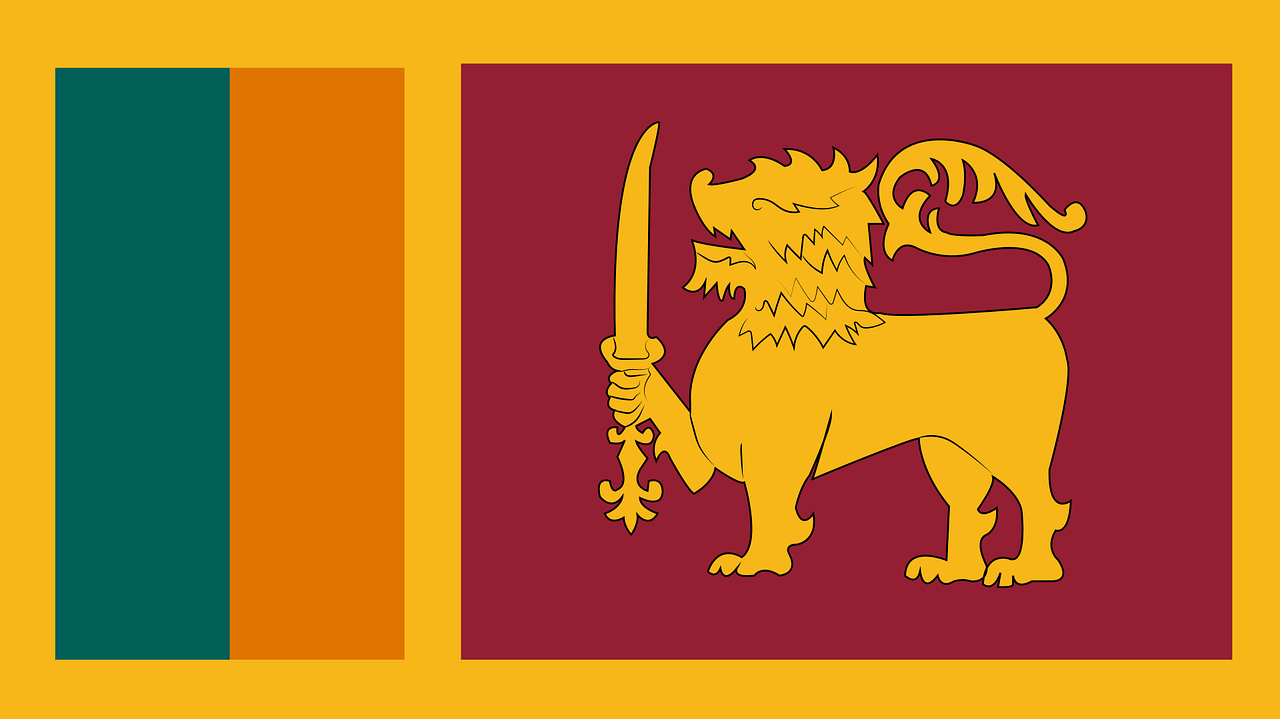Ordinary Sri Lankans are facing shortages and rising inflation after the country devalued its currency sharply last month in preparation for talks with the International Monetary Fund (IMF) about a loan programme. Anger at Sri Lankan President Gotabaya Rajapaksa’s handling of the island nation’s deepening economic crisis erupted into violence late Thursday, with hundreds of protesters clashing with police for several hours.
Due to a severe lack of foreign currency, Rajapaksa’s government has been unable to pay for essential imports such as fuel, resulting in debilitating power outages lasting up to 13 hours.
According to critics, the roots of the crisis, the worst in decades, lie in economic mismanagement by successive governments that created and maintained a twin deficit – a budget shortfall as well as a current account deficit.
With the pandemic eroding the country’s lucrative tourism industry and foreign workers’ remittances, credit rating agencies moved to downgrade Sri Lanka, effectively locking it out of international capital markets.
As a result, Sri Lanka’s debt management programme, which was dependent on access to those markets, was derailed, and the country’s foreign exchange reserves fell by nearly 70% in two years.
The country had only $2.31 billion in reserves as of February, but it faces debt repayments of around $4 billion in 2022, including a $1 billion international sovereign bond (ISB) maturing in July. At $12.55 billion, ISBs account for the majority of Sri Lanka’s foreign debt, with the Asian Development Bank, Japan, and China among the other major lenders.
The IMF stated in a recent review of the country’s economy that public debt had reached “unsustainable levels” and that foreign exchange reserves were insufficient for near-term debt payments.
The Rajapaksa administration’s decision to ban all chemical fertilisers in 2021, which was later reversed, also harmed the country’s farm sector and caused a drop in the critical rice crop.
Citi Research stated in a note late last month that “the IMF report’s conclusion and the government’s recent measures were insufficient to restore debt sustainability, strongly indicating the need for debt restructuring.”
An IMF spokesman said on Thursday that the IMF will begin discussions with Sri Lankan authorities on a possible loan programme in the “coming days.”
Despite rising risks, Rajapaksa’s administration and the Central Bank of Sri Lanka (CBSL) have resisted calls from experts and opposition leaders to seek IMF assistance for months. However, after oil prices skyrocketed in the aftermath of Russia’s invasion of Ukraine in late February, the government eventually devised a strategy to approach the IMF in April.
Before approaching the IMF, Sri Lanka devalued its currency sharply, escalating inflation and exacerbating the public’s suffering, with many people facing hardship and long lines.
In the meantime, Rajapaksa has sought assistance from China and India, particularly from the latter for fuel. On Saturday, a diesel shipment under a $500 million credit line signed with India in February is expected to arrive.
Sri Lanka and India have agreed to a $1 billion credit line for the import of necessities such as food and medicine, and the Rajapaksa administration has requested at least another $1 billion from New Delhi.
China is considering offering the island nation a $1.5 billion credit facility and a separate loan of up to $1 billion after providing the CBSL with a $1.5 billion swap and a $1.3 billion syndicated loan to the government.
#edgeforex #forextrading #forexsignals #forex #reserves #country #debt #devaluation #currency #srilanka #china #india #imf

